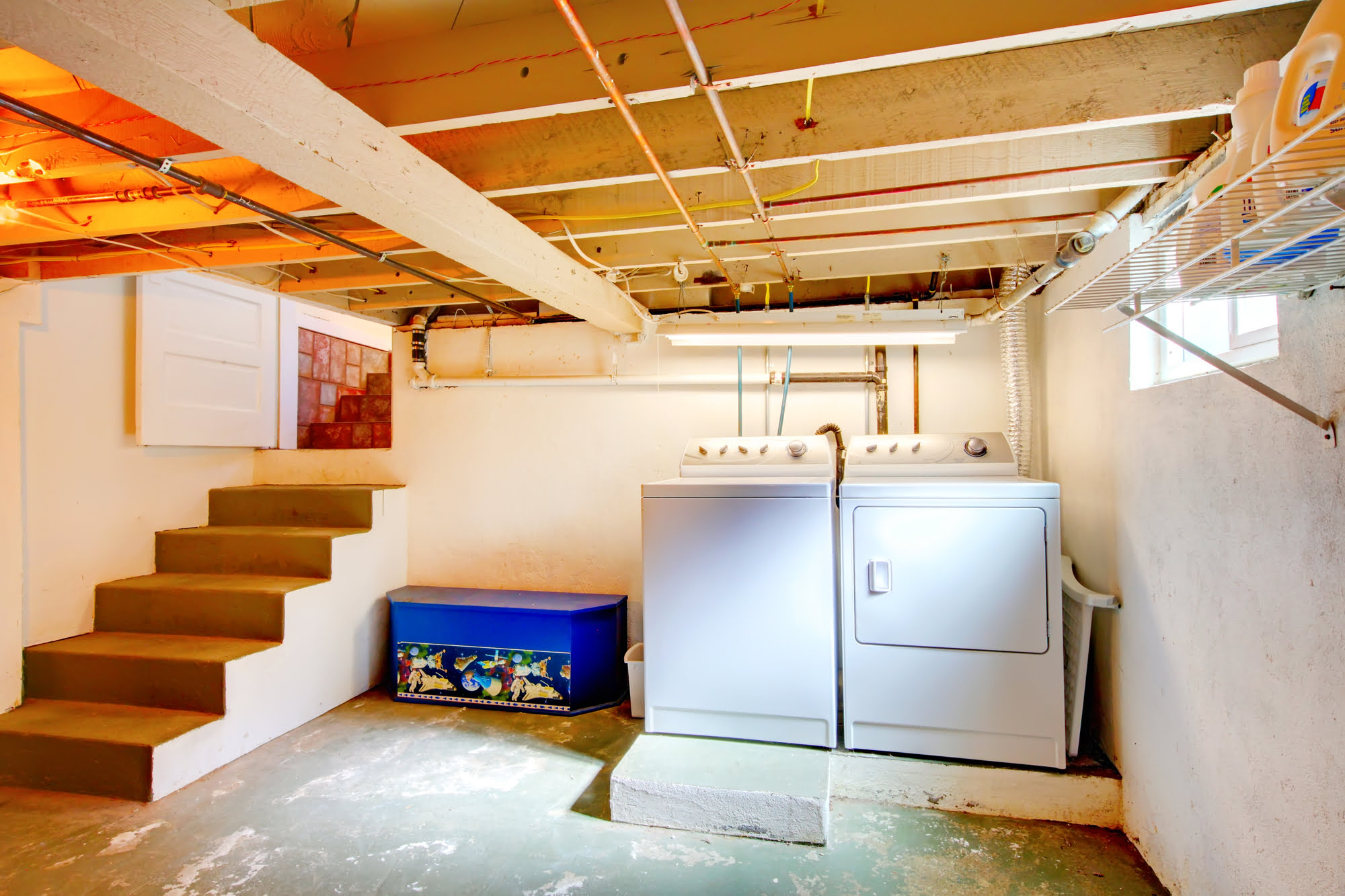Buying a House with Built-In “Downstairs”? Is That “Bonus Room” Standard Ceiling Height?
If you have done any amount of house hunting in Queensland, you will be familiar with the sometimes substantially sized “built-in” ground level or downstairs areas of high-set homes. If you are new to the home buyers’ circuit, you will soon become well acquainted with terms like “utility room” or “rumpus room” used by vendors and agents to describe these spaces. There is a very good reason that these areas are often described in pretty generic terms – they are frequently not of “legal” or standard ceiling height in Queensland. That “bonus” room advertised may not meet the requirements for “habitable” use. This means the room is not qualified to be used or advertised for use as a bedroom or other living area.
What is considered low ceiling height?
The average ceiling height in Australia is 2.4m. In fact, anything below 2.4m is considered a low ceiling height and, depending on the part of the home, may not meet the minimum legal standard ceiling height in Queensland. There are rooms where a ceiling height of a minimum of 2.1m is acceptable, including kitchens, bathrooms, laundries, storerooms, hallways and garages/car parking spaces. If a room is used for these purposes, make sure that they comply with fire safety rules.
The Australian Building Codes Board is responsible for the National Construction Code 2019 which is applied Australia wide. Volume 2, Part 3.8.2 of the Building Code of Australia 2019 sets out the standard ceiling heights for different areas or rooms within a home. The two main types of areas within a home fall within “habitable” and “non-habitable” zones. In general, habitable rooms are defined as “rooms used for normal domestic activities.” Essentially, any room where people are likely to spend an extended amount of time like bedrooms, lounge rooms, living rooms, music or movie room is classed as a “habitable room” and must have a minimum ceiling height of 2.4m. While not specified in the Code, if ceiling fans are installed in those rooms, it is recommended that the ceiling height be 2.7m.
How does ceiling slope affect ceiling height laws?
So how does this work with sloping ceilings or bulkhead intrusions? At a really basic level, the ceiling height must be a minimum of 2.4m high for at least two thirds of the floor area of the habitable room (or 2.2m in the case of attics). For non-habitable rooms, the ceiling height must be at least 2.1m for two thirds of the floor area of the room.
Often old original Queenslander style homes will have ceiling heights exceeding the minimum requirements and will successfully fit a bathroom in old, wide enclosed verandahs. However, beware of late additions to homes including the enclosure of verandahs – some of these spaces may not comply with Australian standards for ceiling heights.
How important are legally compliant ceiling heights?
Some agents may try to sell you a home based on the potential to “build in” the downstairs area. This may not be as easy as it sounds. To get any such alterations approved, built and certified, you will need to achieve the minimum legal ceiling height of 2.4m for habitable use rooms. Are you prepared for the additional expense involved in raising your home, or the costs of additional engineering and plumbing to lower the ground level?
Additions to homes will be readily apparent to your building and pest inspector. It is important to check whether those additions are approved and certified. In some cases, unapproved additions will need to go through the approval process with council or be removed entirely. Unapproved changes can also affect your home insurance.
Especially if these rooms are accessible through stairways, check for Australian Standards for balustrades.
Buying a home with a built in “bonus” downstairs area can be fraught. Go into your potential purchase armed with all the details you need to make an informed decision. A detailed report from a suitably qualified building and pest inspector is the best way to do this. Be sure you aren’t buying into a “bonus” room fit for habitation only by your car!
For other interior issues to inspect for in your new home, check out our list here.

